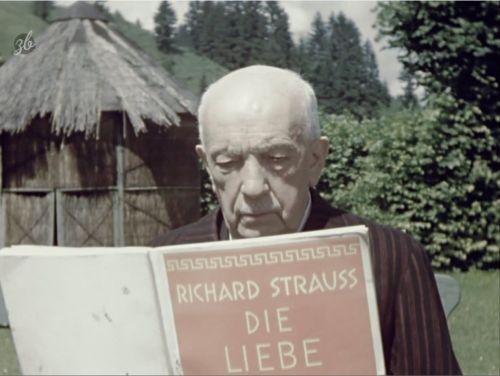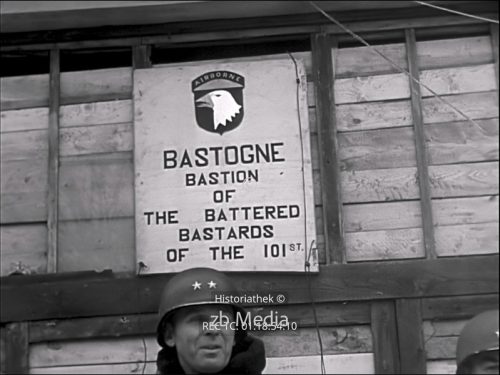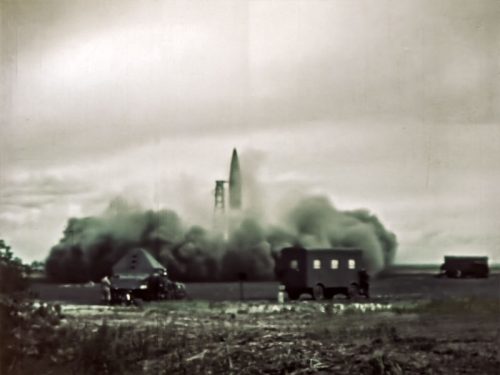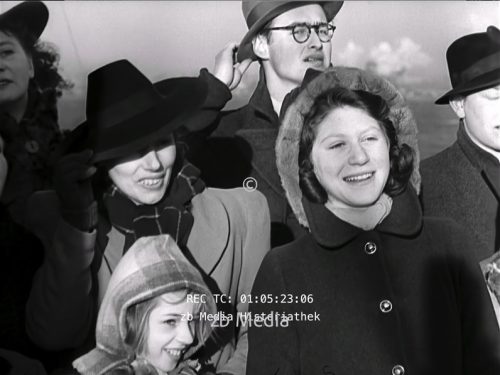Richard Strauss 1945, footage of Richard Strauss in the garden of his villa in Garmisch in May 1945. ID190226. Film length 1:55. A licence fee of 4 x 30 seconds is charged for the purchase of the entire film.
Richard Strauss 1945
Description
Richard Strauss 1945
The film footage of Richard Strauss 1945
The composer Richard Strauss was filmed in his garden in Garmisch at the beginning of June 1945. Back then, in the spring of 1945, film director William Wyler came to southern Germany with a US Air Force film crew. Wyler shot colour film footage for the war film “Thunderbolt!” in Munich, Berchtesgaden, Dachau and other locations. The film includes footage of a visit to Richard Strauss in Garmisch-Partenkirchen. Klaus Mann also meets Richard Strauss on 15 May 1945, on a glorious summer’s day, as he writes. Are the recordings from this context?
Historical background
Richard Strauss was a German composer and conductor known for his important works of the late 19th and early 20th centuries. In 1945, Strauss was already 80 years old and living in Garmisch-Partenkirchen.
During the Second World War, Strauss found himself in a difficult situation because his daughter-in-law, who was Jewish, was threatened by the Nazi regime. Nevertheless, he managed to protect his family from harm by using his influential connections to ensure their safety.
In 1945, Garmisch-Partenkirchen was in the American-occupied zone of Germany. Strauss’s Nazi connections and his temporary position as president of the Reichsmusikkammer, a Nazi-controlled organisation that oversaw music in Germany, now landed him in trouble.
After the war, Strauss was subjected to a denazification process that investigated his behaviour and involvement with the Nazi regime. He claimed to have been apolitical and to have concentrated largely on his music during the Nazi period. This claim and his reputation as a respected composer helped him avoid being classified as an accessory.
Strauss remained in Garmisch-Partenkirchen until his death in 1949. Despite the controversies surrounding his connections to the National Socialists, he will be remembered primarily for his musical contributions, which include operas such as “Der Rosenkavalier”, “Salome” and “Elektra”, as well as symphonic poems such as “Also sprach Zarathustra” and “Tod und Verklärung”.






